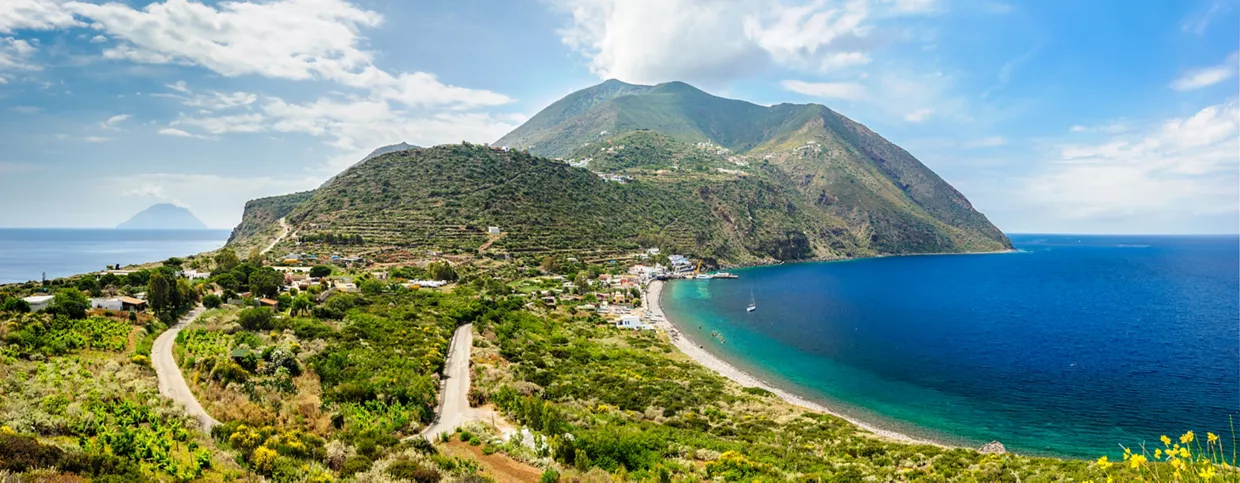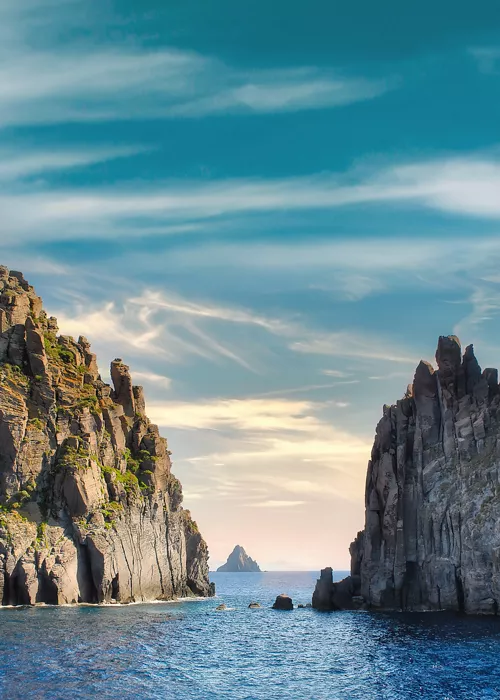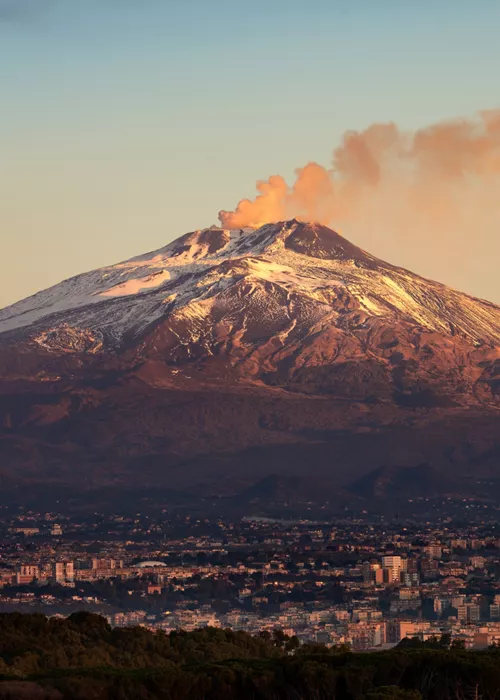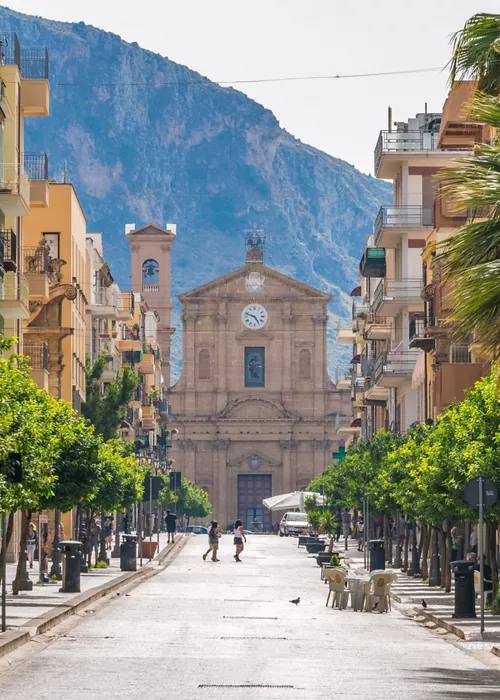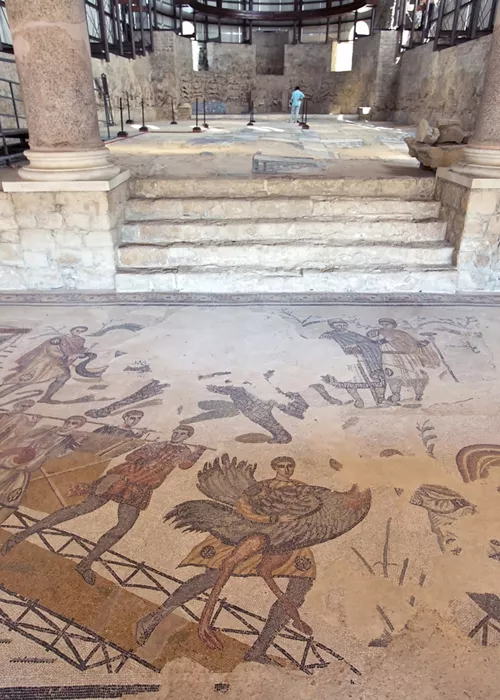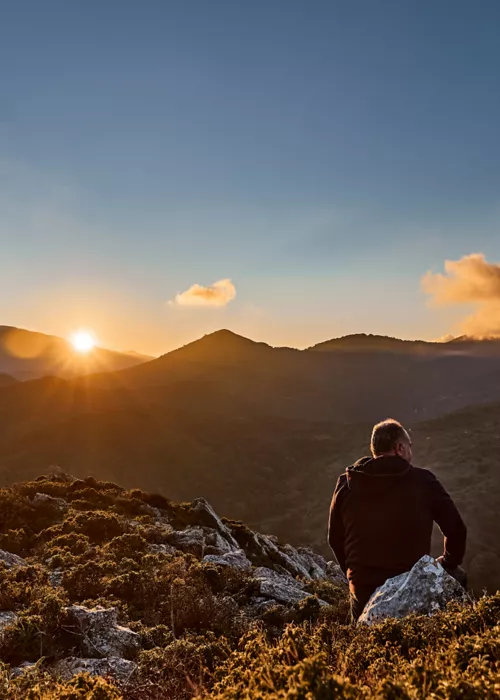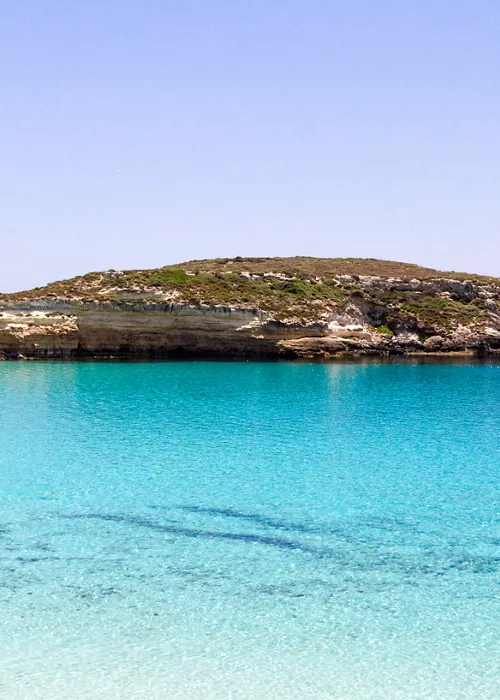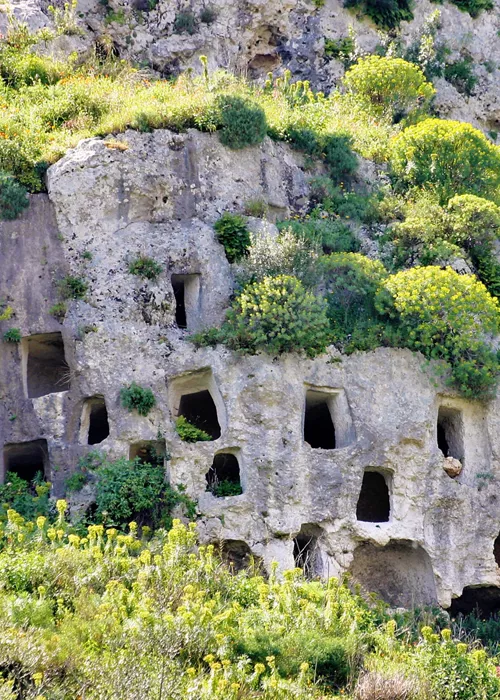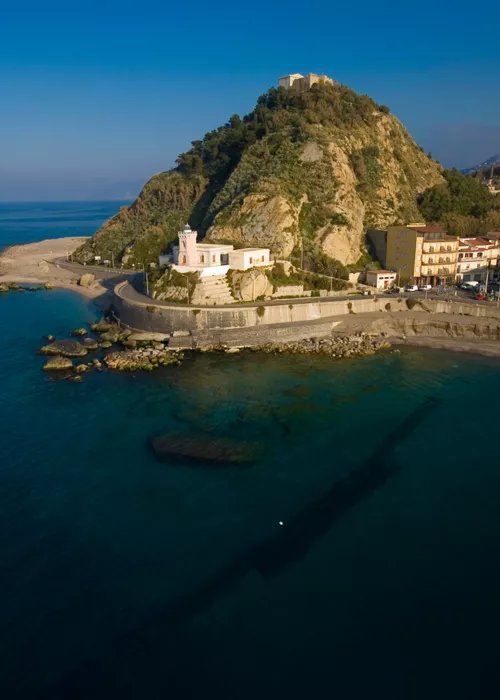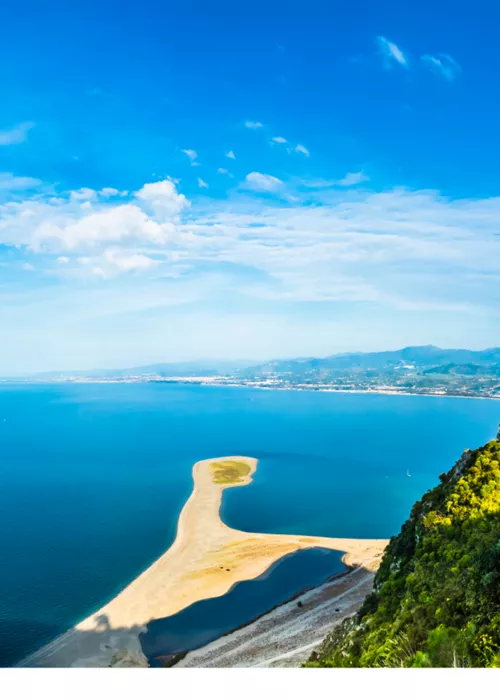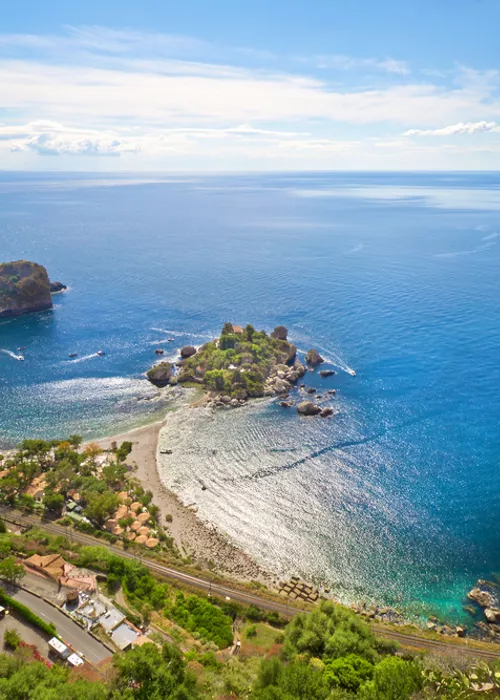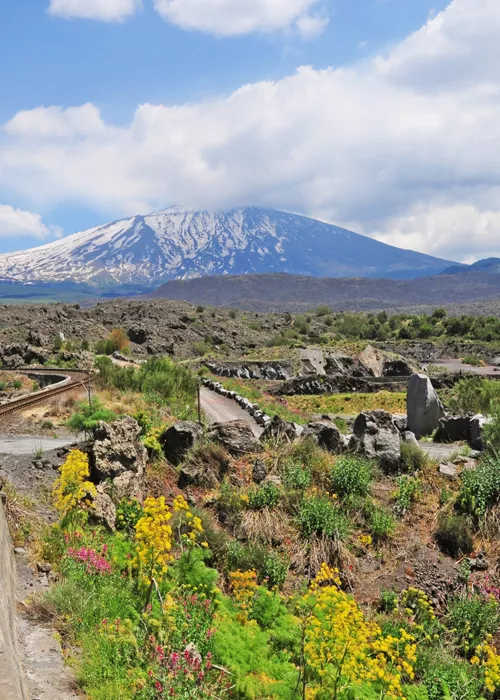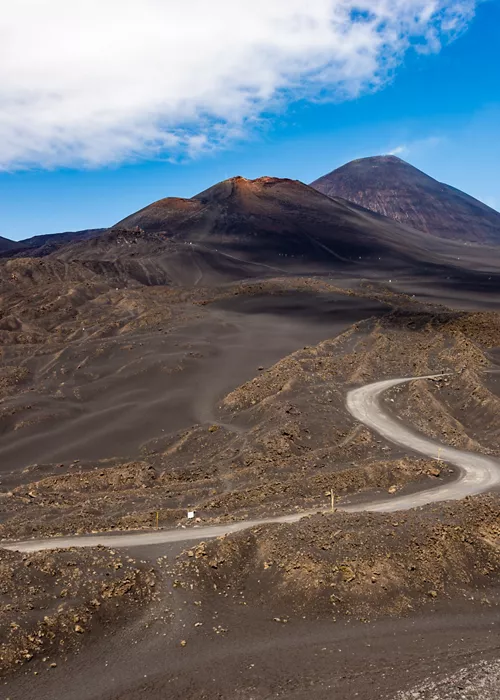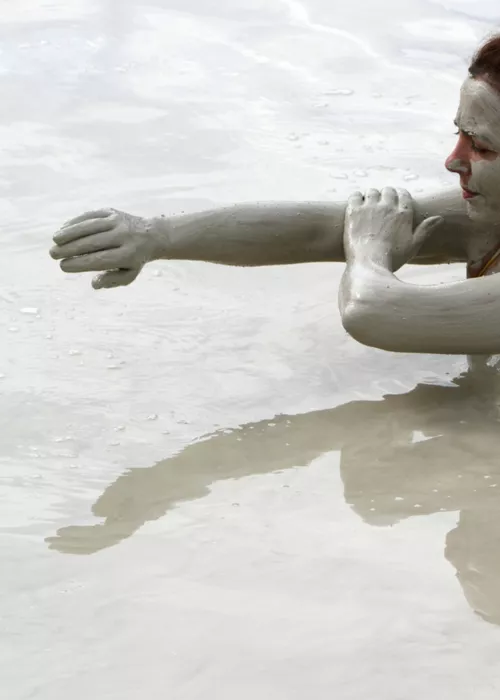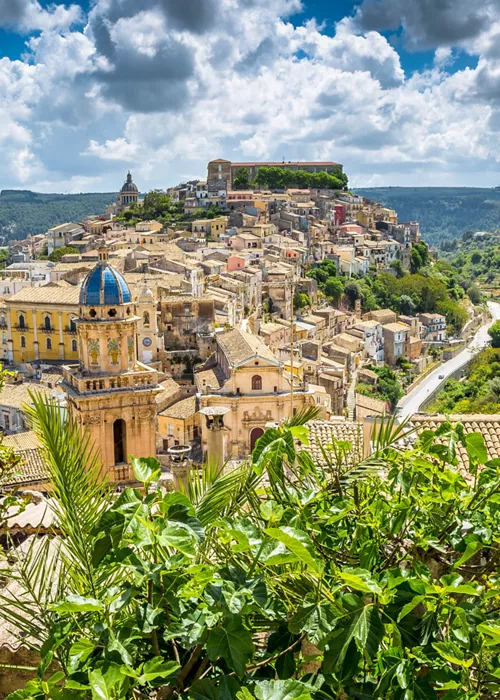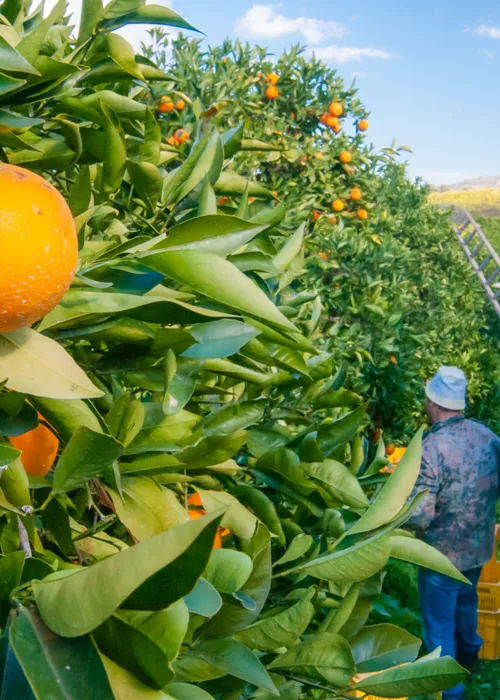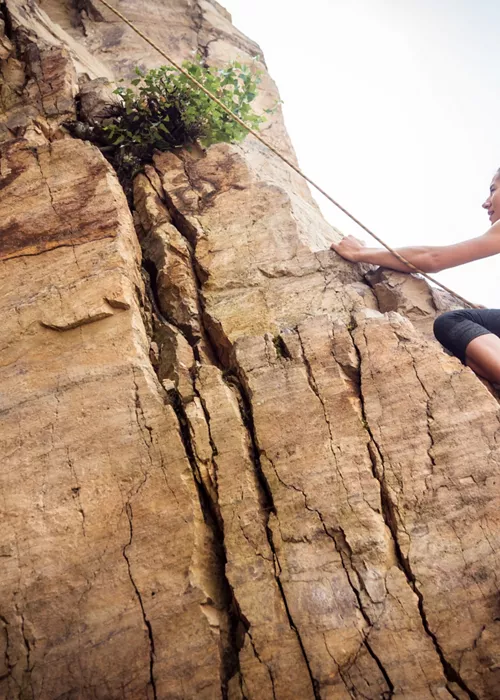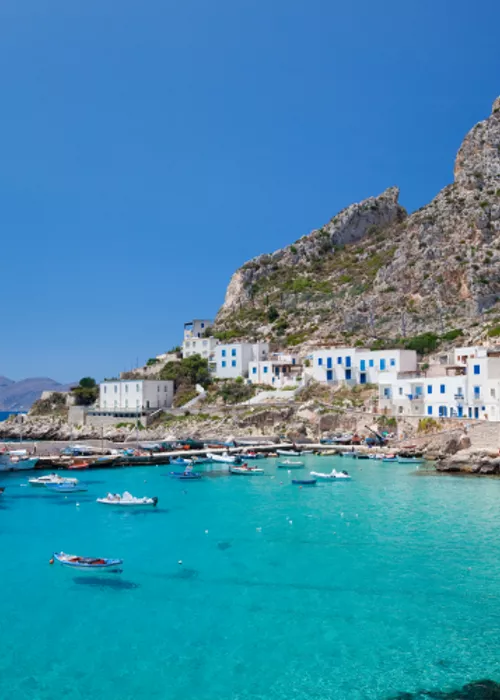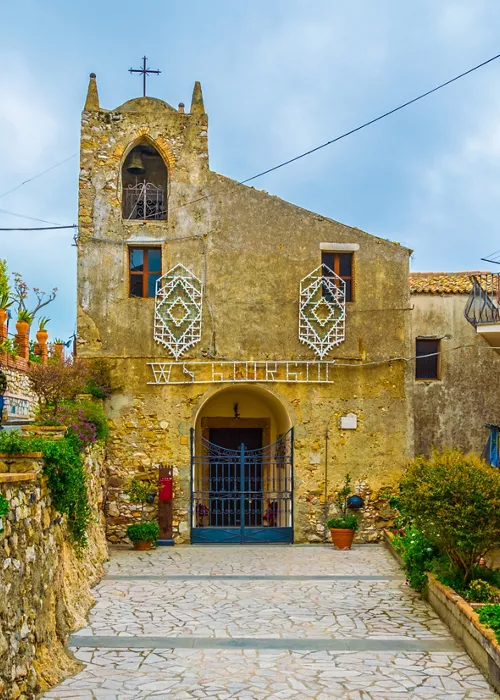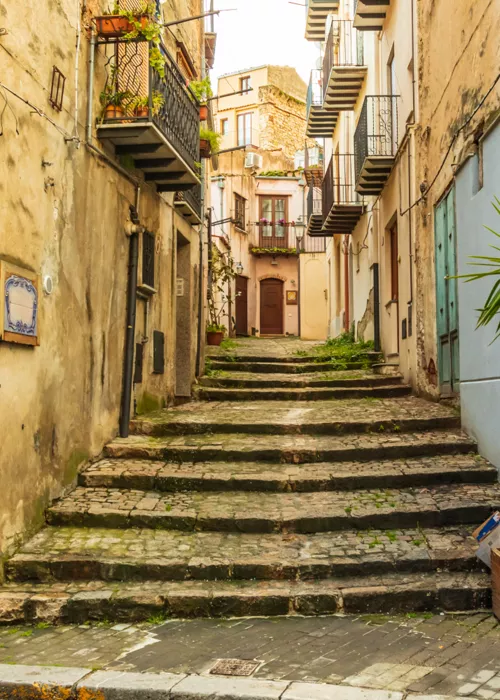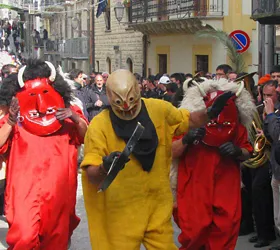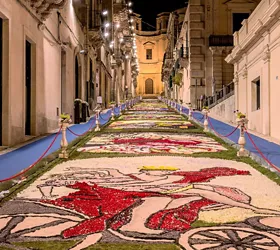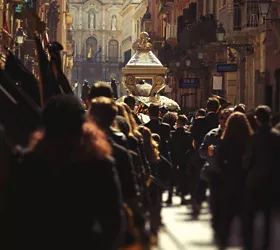Alicudi and Filicudi: slow tourism in the wildest of the Aeolian Islands
Alicudi and Filicudi offer the chance to lose yourself somewhere new, go off the beaten track, switch off and recharge – the wildest and most authentic islands of the Aeolian archipelago in the southern Tyrrhenian Sea, electricity only arrived here 20 years ago. Sharing proximity with each other and elective affinities, these remote islands, are the perfect destination for slow and sustainable tourism, for holidays that allow you to detox as you indulge in pristine nature.
Being in tune with nature is so important for the locals that you can only arrive and depart when sea and wind conditions allow. So set aside your planner and get used to sniffing the air and using the sun as a clock and compass, because the weather here has its own rules. The only device you need to carry is a small torch, even an LED one, which you’ll find very useful after sunset, because there is no street lighting on these islands.
Alicudi, no taxis but plenty of donkeys
Formerly called Ericusa (named after the presence on the island of heather, which you will see everywhere as soon as you step foot on the land), it is the smallest, westernmost and most remote of the Aeolian archipelago. There are no tarmacked roads or cars here, the only means of transport are donkeys, the scecchi, as the locals call them; otherwise, people generally walk, on volcanic stone stairs and alleyways, paths and mule tracks. Be sure to pack comfortable shoes and no heels!
In Filicudi, you will see no sight of ATMs or banks, nightclubs or discos, just a small post office, a hotel and one cosy little restaurant, which closes in mid-September. All nestled in a village with five hamlets, dotted around the port. All around is blissful silence, or rather, the great symphony of nature.
The sea: a treasure to discover
Alicudi's coastline is high and rugged, often interrupted by volcanic coves and caves. There are two beaches, but only one, a pebble beach, is accessible by land. Here, you will have to take on the sea, climbing like crabs over rocks and coves, or we recommend renting a boat or setting sail on one of the tours around the island. Or if you like snorkelling and diving, the rocks, reefs and seabed, home to dozens of species of fish, are an enchanting setting.
The best way to explore Alicudi’s rugged, wild soul is to hike to the centre of the island, to its highest point, Filo dell'Arpa, home to an extinct volcanic crater, at an altitude of 675 metres. This itinerary takes a couple of hours, along a series of rather steep stone stairs, past the church of San Bartolo. Just before you reach the summit, you will come across the so-called Timpone delle femmine, a fortification of natural caves, where the women of the island apparently once sought shelter during pirate raids.
Filicudi and the 7 extinct volcanoes
Filicudi, which has a slightly larger surface area than Alicudi, about 9.5 square kilometres, is the archipelago's geologically oldest island. It hosts no fewer than seven volcanoes that have been extinct for years and owes its name to what the ancient Greeks called phoinicussa, the dwarf palm, still prevalent on the island's headlands. Its almost 200 inhabitants live in the southern part, in several hamlets connected by a paved road. In Filicudi, only residents are allowed to travel by car, but you can easily explore the island on foot or by scooter.
An ancient history, guarded from the depths
Once in Filicudi, you will feel the irresistible call of the sea, the main attraction of the island, which has three beaches: in addition to those at the port and Capo Graziano, the most beautiful is the black pebble beach of Pecorini A Mare, a picturesque village on the southern side of the island, where you can relax among the colourful boats and low-lying fishermen's houses.
Just above the beach of Cape Graziano – a beach scattered with grey volcanic pebbles, perhaps the easiest spot to take a dip in the sea – you should definitely visit the prehistoric village, which stands in one of the most scenic spots on the island and is home to what remains of 27 huts dating back to the Bronze Age.
If you are experienced in diving, with at least a level 2 diving licence and accompanied by an authorised diving instructor, then your visit can continue below the sea level: the seabed at Capo Graziano cradles the most beautiful underwater archaeological site in the Aeolian Islands, where you can discover the wrecks of nine Greek and Roman ships.
Exploring the coast, amid the secrets and magic of the sea
The best way to experience the sea at Filicudi is by boat: it is the only way to explore secret coves and caves. Among the most spectacular is the Grotta del Bue Marino, the largest cave in the Aeolian Islands, once home to a thriving colony of monk seals, now a magical place of reflections and surprising plays of light.
Continuing along the same stretch of sea, you will come across the Scoglio della Fortuna (Rock of Fortune)—with its concave shape that encompasses a natural pool of crystal-clear water—and the La Canna rock, a giant, 70-metre-high sea stack vaguely resembling the figure of the Madonna and child. Many consider this the guardian of Filicudi and recognise its magical aura: legend has it that if you touch it, all your wishes will come true.



